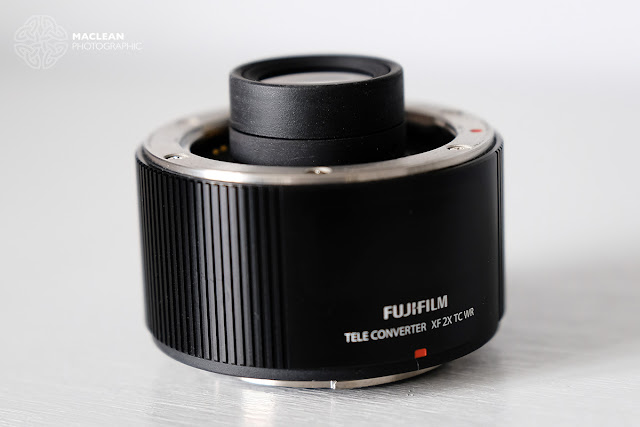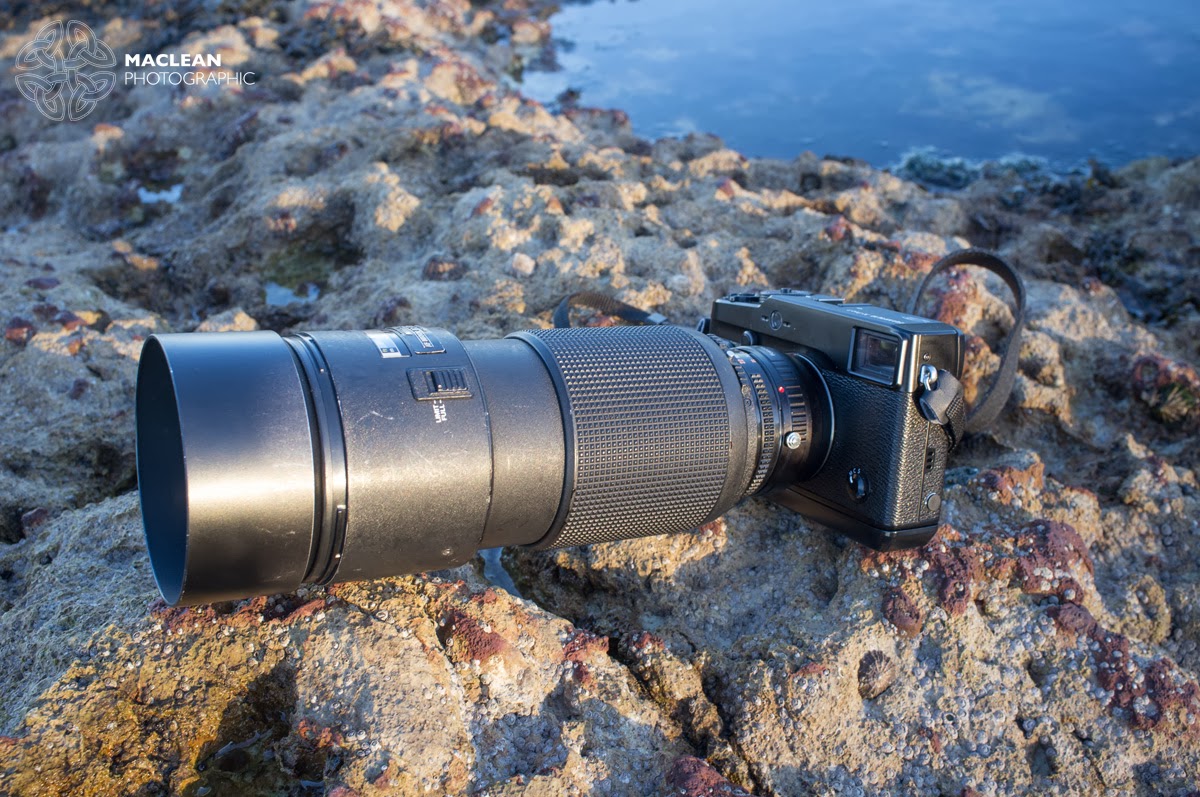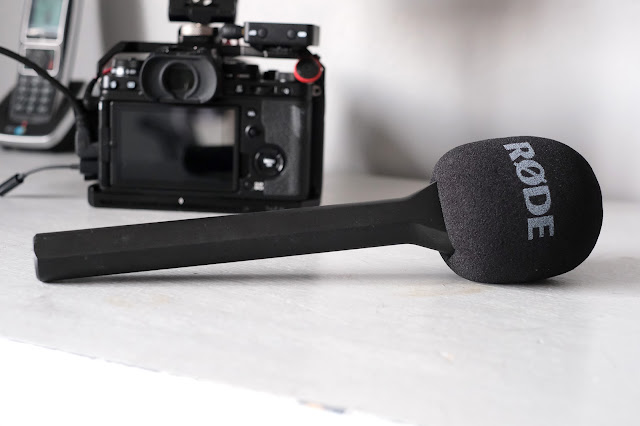REVIEW: Three Months with the Fujifilm X-Pro1
It doesn't seem possible but it has been three months since I started with the Fujifilm X-Pro1 and four prime lenses. in that time I have shot 5000 images in Japan, China, Bahrain, France and Scotland. So what do I really think of Fujifilm's premier Compact System Camera? Well here are my thoughts - the good AND the bad.
As many readers of this blog will know I bought a Fuji X100 Black Limited Edition in October 2012 and this camera immediately changed the way I approached travel photography. Fast forward a year and I had the opportunity to try out the Fujifilm X-Pro1, which is essentially a blown up version of the X100 with interchangable lenses. That maybe a simplistic view of the XP1 but it is how I best find to describe this camera.
I certainly wasn't disappointed with the handling or the performance of this premium digital range finder or the four prime lenses that I obtained to go with it. The 14mm f2.8, 18mm f2, 35mm f1.4 and 60mm f2.4 offer a good range of coverage (equivalent of 21mm to 90mm in full frame terms) and all are pin sharp across the range. The 60mm is also a macro lens, so its close focusing ability is also a useful asset.
I also added a Fotodiox Fuji to Nikon lens adapter so I was also able to fit my Nikon 50mm f1.4 and 80-200mm f2.8 lenses to the camera and these lenses produce some excellent images on the Fujis 16 megapixel sensor.
So what are the bad points of owning the X-Pro1?
Well this list is going to be short and the points raised are, in my opinion, all very minor.
Handling: Well the X-Pro1 is no Nikon D800 in the handling stakes, but I don't mean that in a bad way. The AF is slower but after the latest firmware upgrade the auto focus has been significantly improved. However this is a camera that is half the size of the Nikon, even without the MB-D12 battery pack, and is discreet when shooting in the street.
Manual Focus: MF is still fly by wire but it is a lot better than the original X100 and even that has improved significantly with firmware updates from Fuji. Manual focus no long holds any problems for me. The selector switch on the front of the camera is a big improvement over the fiddly selector switch on the X100.
Shutter Noise: the focal plane shutter does make a noise when operated, unlike the leaf shutter on the X100 which is virtually silent. Again the XP1 shutter is not intrusive when operated and is certainly a lot quieter than the D800s full frame shutter and mirror box.
Position of the Q button: The Q for Quick Menu button is situated by my right thumb and I find myself hitting the Q button by accident and bringing the menu up on the screen or in the viewfinder, which is annoying when you are trying to compose your shot.
External Microphone: There is no provision for an external mic when shooting video. I do use my cameras for shooting driver interviews and the lack of an external mic is a big drawback for me.
Compensation Dial: The position of the compensation dial is very good when using the camera as it is located by my right thumb. But on more than one occasion when putting the camera away the dial gets knocked round to -2, so the next time I get the XP1 out of the bag the exposure is wrong. It's not a problem as I usually check the setting before shooting but I have had a couple of under exposed images when I have taken the camera out quickly for a grab shot. It's a shame it doesn't have a locking mechanism like the shutter dial.
Compensation Dial: The position of the compensation dial is very good when using the camera as it is located by my right thumb. But on more than one occasion when putting the camera away the dial gets knocked round to -2, so the next time I get the XP1 out of the bag the exposure is wrong. It's not a problem as I usually check the setting before shooting but I have had a couple of under exposed images when I have taken the camera out quickly for a grab shot. It's a shame it doesn't have a locking mechanism like the shutter dial.
So what is good about the X-Pro1
Well just about everything.
Sensor: The 16mp sensor that produces such great jpeg images straight out the camera or RAW files that you can really work on the get the best images possible,
Lenses: the beautiful prime lenses,
Body: the cool looking retro rangefinder body that is totally functional as well as beautiful. The build quality is second to none with the all metal construction.
Handling: A lightweight camera that is half the size of an DSLR and built like a tank. No body bats an eyelid when you are out and about taking images. You can blend into the background when using the X-Pro1 - great for street photography.
Viewfinder: The hybrid viewfinder - EVF and OVF that was first seen on the X100 and is one of the joys of using this camera. I find myself using the Electronic View Finder when using the 60mm macro as the guidelines in the Optical View Finder are quite small but for the rest of the lenses the OVF is fantastic, though I am not shy of switching to EVF around 50% of the time.
The list goes on and I find myself using the X-Pro1 more and more each day as my camera of choice.
The lenses
As I said I have four primes - 14mm, 18mm, 35mm and 60mm which are a good selection covering moderately wide angle to short telephoto.
I will be adding the 55-200mm f3.5/f4.8 zoom next month and I will be looking at the 10-24mm f4 wide angle zoom this summer.
But for now the coverage from the four prime lenses is more than adequate for my landscape work. If I need a longer reach I have the Fuji to Nikon adapter and put my Nikon 80-200mm f2.8 with 1.4x or 2x adapters to increase the telephoto coverage.
Here are four images that show the coverage of each of the four Fujinon prime lens -
 |
| Fujinon 14mm f2.8R (equivalent of 21mm f2.8 in 35mm terms) |
 |
| Fujinon 18mm f2R (equivalent of 27mm f2 in 35mm terms) |
 |
| Fujinon 35mm f1.4R (equivalent of 52mm f1.4 in 35mm terms) |
 |
| Fujinon 60mm f2.4R Macro (equivalent of 90mm f2.4 in 35mm terms) |
Conclusion
Three months into the ownership of the Fujifilm X-Pro1 and lenses and the quality of the this camera still amazes me. I've been reading blogs and reviews about how photographer X and photographer Y ditched their DSLR systems for Fuji and I have to confess I was a little skeptical, even after owning the X100 for a year. However after 3 months of this camera I can see a time when the big Nikon D800 will be sold to pay for a second Fuji body and the wide angle zoom and that will be journey to the Fuji nirvana complete.
For now I can say, with my hand on heart, the Fujifilm X-Pro1 is the best digital camera I have ever owned and I might go as far as saying the best camera I have ever owned and I include the Nikon F5 and the Bronica medium format cameras I owned in the 1990s in that statement.
If you are in the market for a small, lightweight mirrorless system camera that produces professional quality images time and time again, look no further than the Fujifilm X-Pro1 or any of the X-Series Compact System Cameras.
Further Reviews of the Fuji X-Series
- Fujinon 23mm f1.4 lens test CLICK HERE
- Fujinon 55-200mm f3.5/f4.8 lens test CLICK HERE
- Nikon 50mm f1.4 on the Fuji X-Pro1 test CLICK HERE
- Nikon 80-200mm f2.8 on the Fuji X-Pro1 test CLICK HERE
- Initial Impression on the Fuji X-Pro1 CLICK HERE
- Fuji X100 v Fuji X100S back to back review CLICK HERE
- Three months with the Fuji X100 review CLICK HERE







Comments
Post a Comment